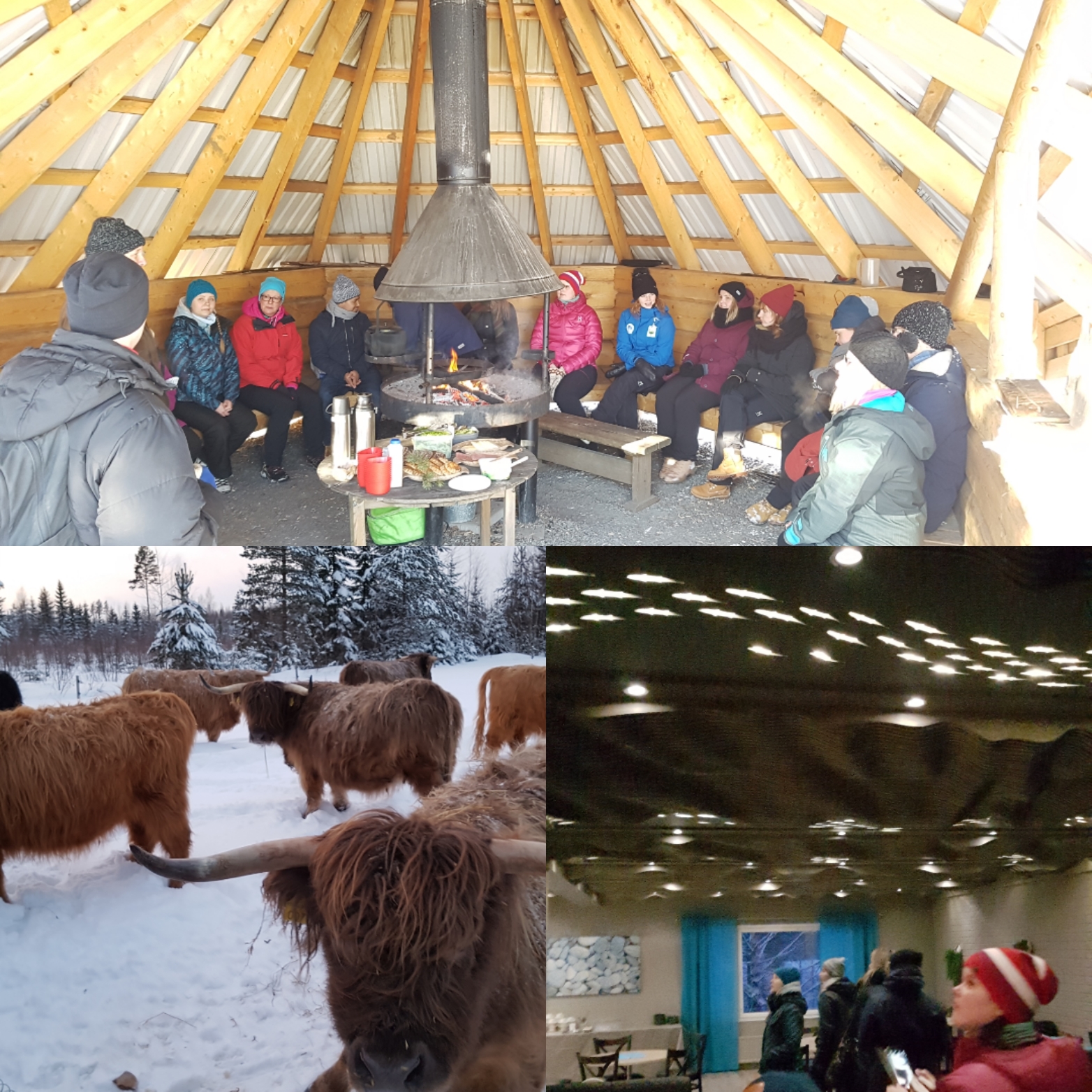Using outcomes of transformative experiences (TE) for enhancing advertising effectiveness
Measuring TE ad performance in comparison to other ads Previous research identified research gaps in enticing potential consumers interested in transformation through appropriate marketing materials as well as in measuring ad-evoked emotions in the context of tourism marketing. The quantitative online study aimed to understand how an ad in which outcomes of TE were included […]
Nostalgia in marketing – a great way to drown your business
It is pretty easy to say that marketing a business today is made pretty affordable and easy – if you are not stuck in the nostalgia in marketing and trust that a basic “block ad” on a magazine is an effective way on advertising. Events are my cup of tea. As an event manager, you […]

Self-employed Business Owner: Why Learning Basics of Digital Marketing Saves you Money while Growing your Business?
Are you preparing cottage rooms for next guests? Driving dog sledge through low-lying arctic hills? Preparing dinner for a group of visitors? If you’d take less than 10 minutes of your time to read through this blog post, I can promise you’ll be even busier after few months’ time. So, do you have time to […]
SMEs should use web analytics for competitive advantage
A first semester studying Tourism Marketing and Management at UEF showed that most of the tourism companies in Finland are small-to-medium enterprises (SMEs). These companies are trying to market their offerings to consumers, by directing them to the company’s webpage to increase traffic, and hopefully future profits. In many cases, this is where the focus […]
The most important concept in destination marketing?
What is a concept or a term that every destination marketer should know and understand about destination marketing? I think I found it. It is very catchy. A bit marketing-oriented even. Quickly thought, something far-fetched? But coherent and makes a lot of sense when thought more deeply. It gathers up something very wide in one […]

TMM developing tourism business at Etelä-Konnevesi region
Our International Master’s Degree Programme in Tourism Marketing and Management (TMM) has started a collaboration with municipalities of Konnevesi and Rautalampi and tourism stakeholders in the region. The concrete first step in this collaboration was a two-day workshop on developing nature tourism in the Etelä-Konnevesi region, organized in Konnevesi research station 14.-15.3.2018. Together with Anne […]
Peer-to-peer accommodation and sharing economy from tourists’ perspective
Airbnb has become one of the largest accommodation companies in the world if counted by the rooms available. Its rapid growth has been enabled by a phenomenon known as sharing economy. People are less inclined to own things and are getting used to share what they own with other people. Peer-to-peer accommodation happens when a person […]
Welcome to Tourism Marketing and Management
Welcome to the blog of International Master’s Degree Programme in Tourism Marketing and Management by University of Eastern Finland. This blog is an essential part of the programme and will bring forth the ideas and news from the programme. We aim to build a significant international platform for making tourism better with this programme and […]